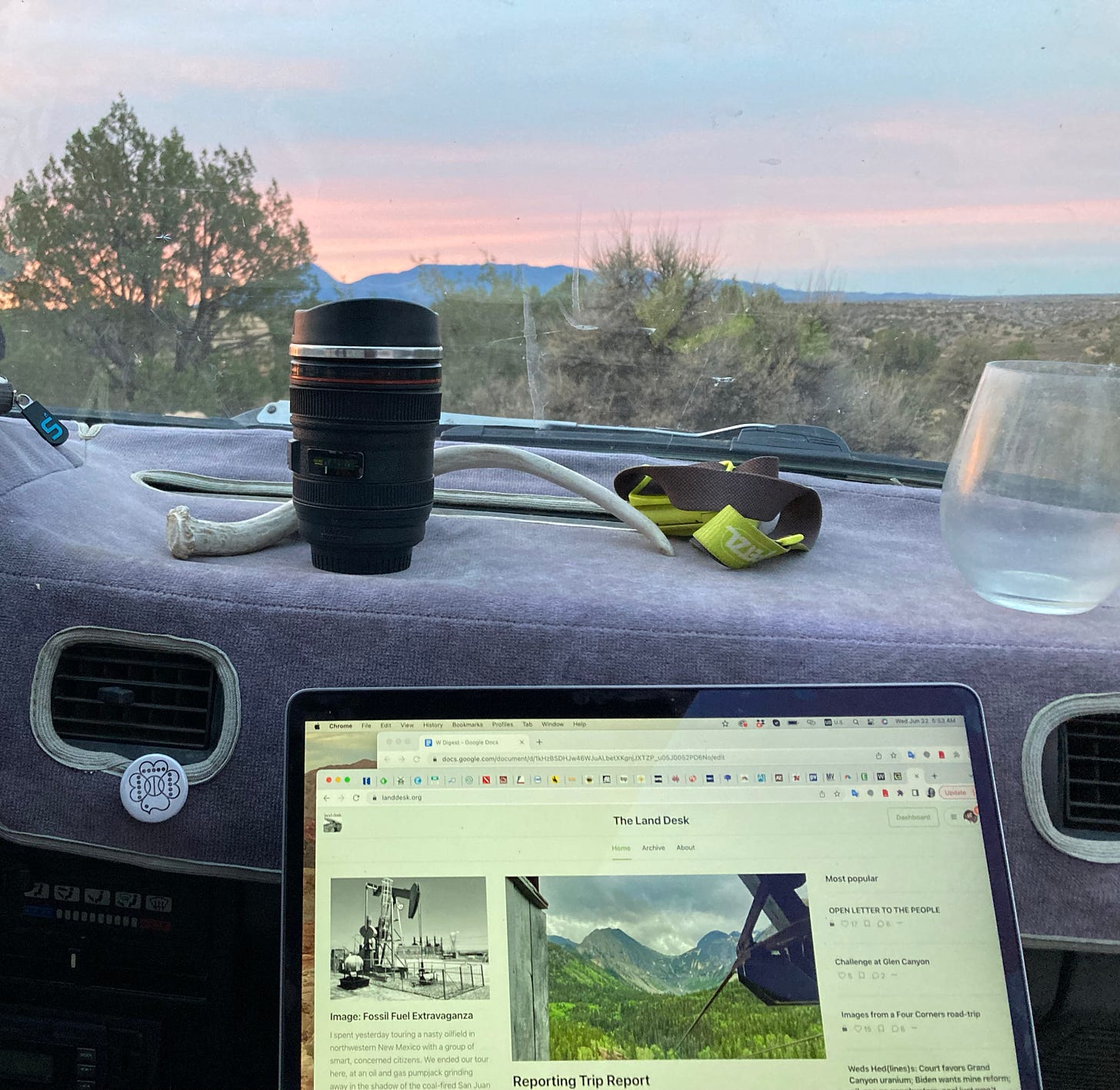Solstice and the Silver Bullet
A tale of not-so-rugged Western individualism
I’d like to be able to say I spent the Summer Solstice out in the desert, watching the sun rise and set at the apex of the ecliptic, or gazing in awe as daggers of light met in the center of a spiral, etched in stone a millennium ago, or simply gulping up the sun as it…



